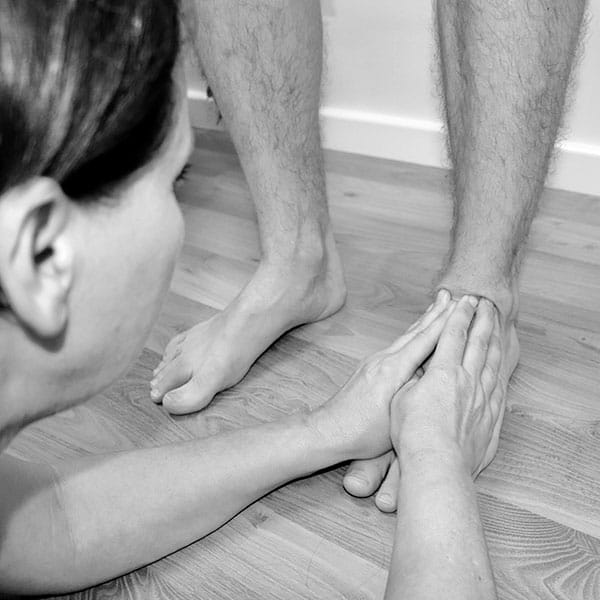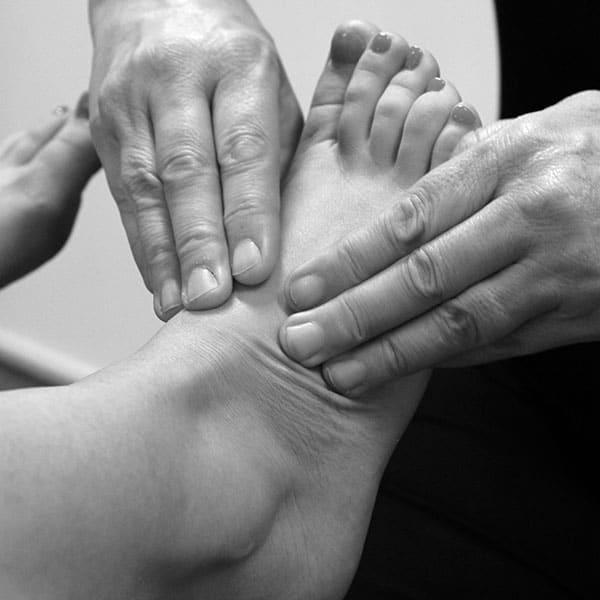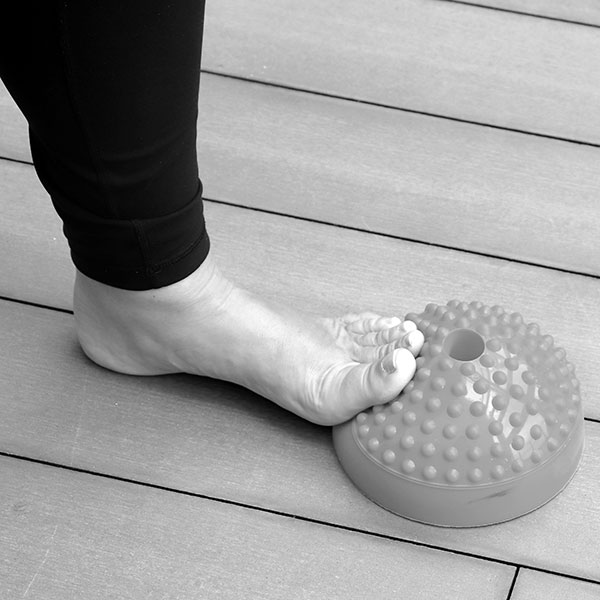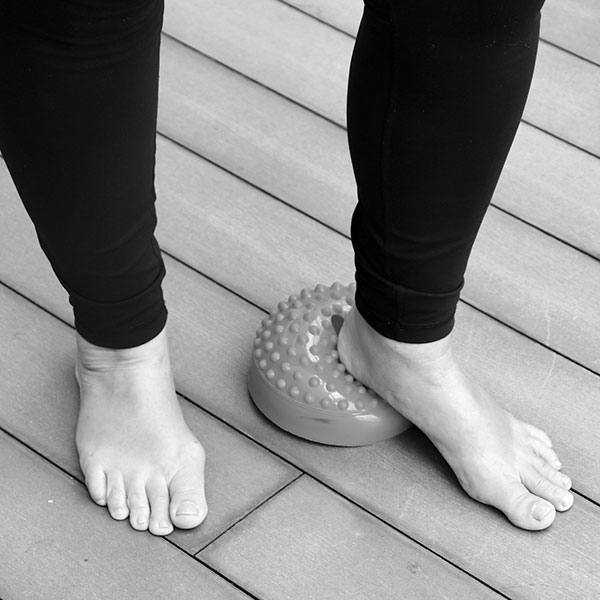I love the feet, I love teaching students about the feet, and I love treating feet.
I went for a run this morning and had pain in my right foot, and I noticed it wasn’t adapting to the ground, it felt like one solid block. This lack of adaption or shock absorption was sending pain into my right hip, a problem in the foot will quickly become a problem in the knee or hip.
Our feet are amazing, and we take them for granted until there is a problem.
We have 26 bones in the feet- 28 if you include the two sesamoid bones under the big toe. The bones are arranged into longitudinal and transverse arches that are supported by extrinsic muscles, intrinsic muscles and ligaments. The extrinsic muscles are the puppet strings that originate in the lower leg and insert into the foot, the intrinsic muscles originate and insert in the foot.
They require mobility and stability. They need to be flexible to adapt to the ground after heel strike and absorb shock and then quickly become a more rigid structure for push-off.
They have to support our body weight, provide balance with every step we take, absorb shock and transfer ground reaction forces. For this to happen, our feet should have multi segmented movement; however, if you are like me on my run this morning, and they sometimes move like one block, showing a lack of adaptability.
We describe the process of walking as gait, and it can be split into stance and swing phase. In stance phase, the function of the foot is represented by foot rockers that allow the progression of the leg over the supporting foot.


The images show two of my favourite manual techniques, one supine and one standing for allowing movement in the ankle and therefore allowing the progression of the leg over the foot in gait.


The two self-release images are for the heel rocker and toe rocker adaptability taken from our Balancing the Diaphragms program.
We describe the process of walking as gait, and it can be split into stance and swing phase. In stance phase, the function of the foot is represented by foot rockers that allow the progression of the leg over the supporting foot.
The foot rockers allow the foot to absorb shock on initial contact, and allow progression of the leg and upper body over the foot, leading to the heel lifting and toe-off creating propulsion forward.
It’s pretty amazing what has to happen in every step we take, and if like me you have a restriction in one of the rockers or lack of adaptability in your feet how this can affect higher up the body.

